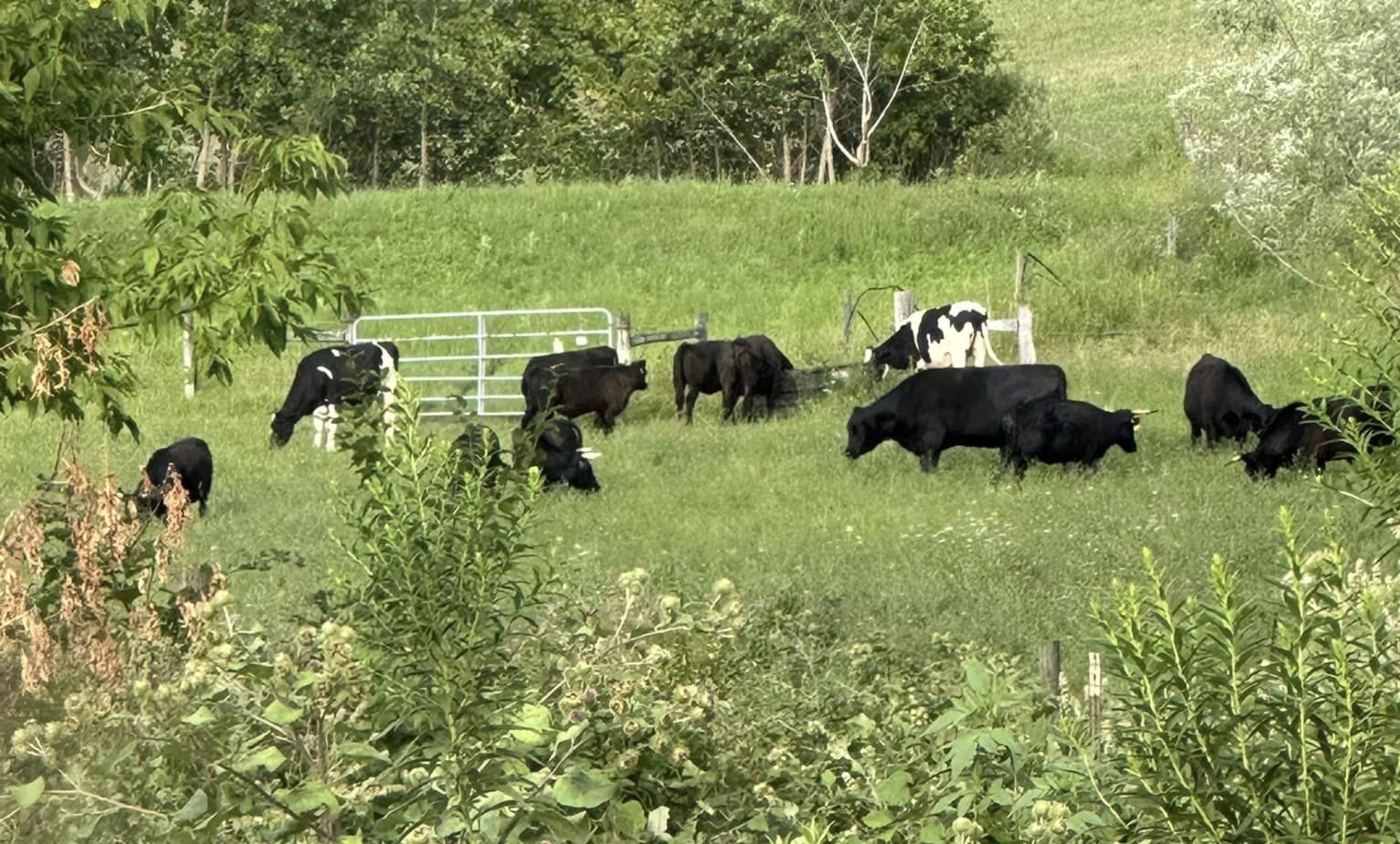I can hear it already – “What do you mean organ meat? You mean, like liver? And why do it the 2nd month of the challenge? Can’t we wait until later in the challenge?”
Organ meat has to be included sometime. It is a legitimate meat that local farmers will sell. It includes the odd pieces – heart, liver, tongue, kidneys, brains, ox tail, chicken feet, pig feet and hocks. (Ox tail, chicken feet, and pig feet and hocks aren’t technically organ meat, but we will allow them for this challenge.)
We have scheduled organ meat in February because that is traditionally when our family eats heart (Valentine’s Day). (And yes, we have eaten rabbit at Easter and would consider reindeer at Christmas!) Rather than have just heart this month we have included all organ meats.
What are ways to prepare these items?
- The feet and hocks make good stock that can serve as the foundation for soup or for the liquid to cook rice in.
- Heart and tongue I tend to boil and slice and serve as part of dinner or in sandwiches.
- Chicken hearts I saute with onion, celery and/or mushrooms in oil. Once the onion is limp or the celery is soft, then I turn it to low and let it simmer with the lid on to make sure that the hearts are cooked. I have several young children that like this as their birthday meal.
- Sliced kidneys or liver can be soaked first in milk. If I soak them, I do it for 30 minutes, change milk, soak them again for another 30 minutes. For the kidneys this reduces the urine smell/flavor.
- Kidneys – I have made steak and kidney pie. More recently I have made Tom Clack’s Deviled Kidneys from Shannon Hayes The Grassfed Gourmet. It is sliced kidneys in a spicy ketchup sauce that is then served with bread or over potatoes or rice. (Recipe to come later in the month.)
- Liver
- This can be ground or finely chopped and mixed in with other meats.
- Before we moved to the farm, I always would cook liver with onions. We would sometimes serve it as a sandwich with tomatoes and lettuce and mayo and call it a Real Man’s Sandwich!
- One of my early farm customers gave me a recipe for Danish Liver Pâté. Her in-laws were from Denmark. Her mom sent the recipe in Danish to her, her husband translated it into English, and she gave it to me. It is raw liver, blended with milk, egg, flour and seasonings, which is then baked and served on crackers or bread. This is now my main way to serve liver.
- A similar recipe adds sausage and omits the milk and egg. My children like this a little better. Lots of things taste better with sausage!
- If you have a good way to make something with some other organ meat, make it and include it in the comments.
Again, the rules are that this made from organ meat grown local to you. Comment below by March 3, 2018, with what you made, how you liked it and how you would make it differently next time.
Organ meat is on sale for $3.75 / lb through March 3, 2018.




 Benjamin Franklin, commenting to his daughter about the bird shown on the Great Seal of the US, stated the following:
Benjamin Franklin, commenting to his daughter about the bird shown on the Great Seal of the US, stated the following:

